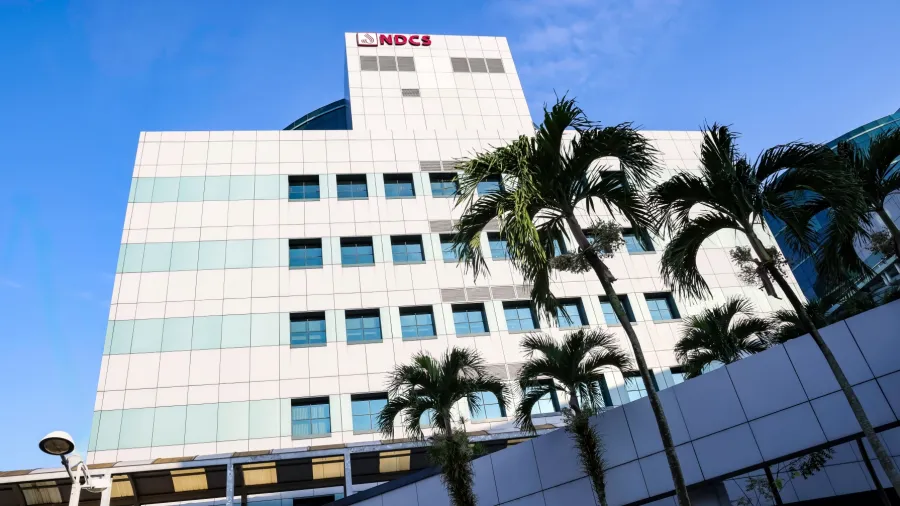
National Dental Centre Singapore at the forefront of digital oral care
Its intra-oral scanning technology is replacing traditional moulding of teeth.
Intra-oral 3D scanning technology has changed the way dental professionals map and analyse teeth. These advancements are precisely what the National Dental Centre Singapore (NDCS) aspires for through its innovation and commitment to enhancing patient and staff outcomes.
Describing the technology to Healthcare Asia, Clinical Associate Professor Chew Ming Tak, NDCS Chief Data and Digital Officer, explained that intra-oral scanning is used to capture accurate images of a patient’s teeth and oral structures.
Its adoption by the centre a few years ago is not only replacing the traditional mould-based methods with digital scanning in creating dental appliances such as retainers and dentures but has effectively pushed the boundaries of oral care.
This is so, because the innovative technique has given patients a less invasive alternative, improving their overall experience, said Assoc Prof Chew. “Patients prefer having their teeth scanned rather than having a mould put into their mouth which is an uncomfortable process that they have to endure prior to this technology,” he said.
With intra-oral scanning, the procedure is faster and more efficient, reducing the time patients spend during the process and allowing for quicker turnaround times for dental appliances.
Assoc Prof Chew reiterated the technology’s contribution to advancing staff outcomes at NDCS. “Staff experience is something that we always take into consideration when we implement digital technology in addition to patient experience,” he said.
He also noted that the scanning technology simplifies workflow for dental practitioners by minimising the reliance on manual impression techniques, allowing dental staff to experience less physical strain and reduced manual labour.
Technological innovations
Aside from intraoral scanning, NDCS has incorporated various advancements in the field of digital dentistry.
Assoc Prof Chew told Healthcare Asia that the Centre has been utilising digital dental records for over a decade now, progressively converting patient files into digital formats. “These records include patient’s images, treatment notes, and digital models of teeth,” he said.
NDCS has also employed virtual surgical planning and 3D printing technologies for complex dental surgeries, which include procedures such as correcting jaw deformities, placing dental implants, and treating jaw tumours.
For a dental speciality centre, its use of CAD/CAM technology is another mark of innovation.
“Traditionally, our dental lab relies on a technician’s manual skills to produce dental appliances such as retainers, dentures, splints, and more, but now we are using computer-aided design and manufacturing to produce them,” Assoc Prof Chew explained.
The tech has reduced their reliance on manual craftsmanship and largely improved the quality of their dental appliances.
“With greater adoption of digital technology, there is less reliance on individual manual skill sets to create good and accurate appliances,” Assoc Prof Chew said.
Emphasising value
Looking forward to Singapore’s broader healthcare landscape, Assoc Prof Chew believes that the adoption of digital dentistry will increase in the coming years, however, he believes in practising prudence when choosing which technology to utilise.
Moreover, he reiterates that new technology must add value to a current process.
“We don't just adopt for the sake of adoption. We must ensure that the adoption of digital technology adds value to what we do, adds value to the patient, and adds value to our staff,” Assoc Prof Chew said.
This focus on providing value-added services as a multidisciplinary centre for dental care is also evident in NDCS’ initiative of equipping senior and aspiring specialists with the ability to continuously adapt to new technologies through “catch-up” training and residency programmes.
“As we mainstream more digital workflows, we will incorporate them into our training curriculum for residents, so that as future specialists, they will be well-equipped in managing new digital methods,” Assoc Prof Chew said.
He also revealed during the interview that NDCS’ research arm, the National Dental Research Institute Singapore or NDRIS, is involved in various projects aimed at advancing digital dentistry such as the development of end-to-end digital workflow for removable dentures.
“There are many ongoing research collaborations with industry as well as with other academic partners,” he said.
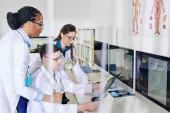


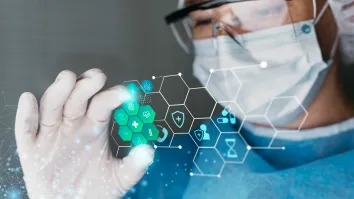





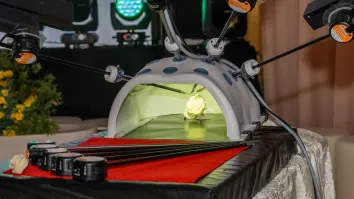


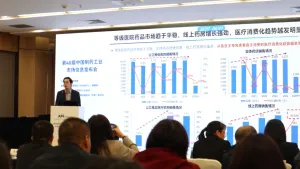
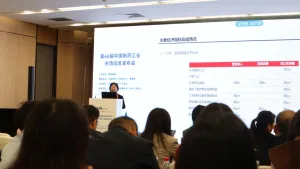



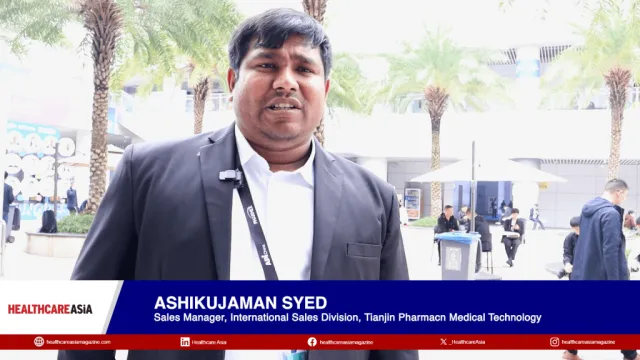
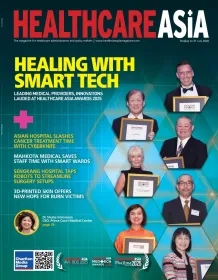
 Advertise
Advertise





